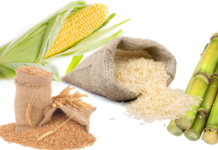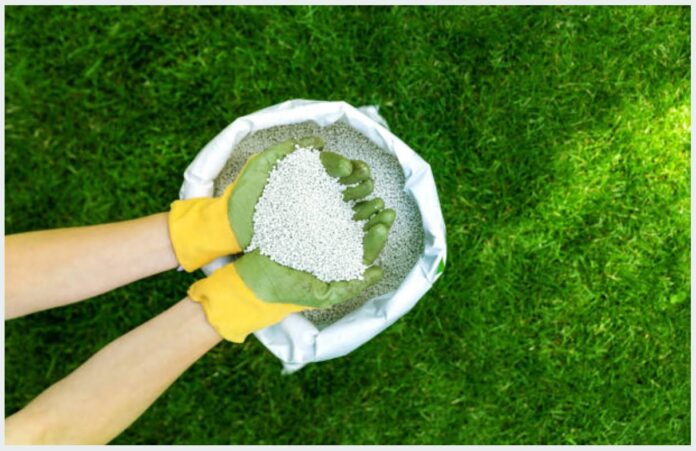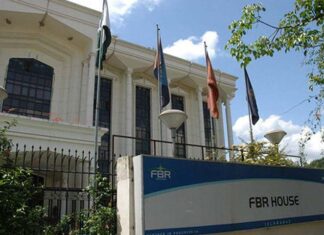Fertilizer manufacturers in Pakistan have voiced strong concerns over reports that the federal government may raise the federal excise duty (FED) on key fertilizer ingredients to 10 percent in the upcoming FY26 budget.
Currently, fertilizers are subject to a 5 percent FED without any general sales tax (GST), although diammonium phosphate (DAP) carries an additional 5 percent sales tax, and other inputs are taxed at varying rates, contributing to higher production costs.
Industry representatives acknowledge the government’s fiscal pressures and its efforts to expand the tax base in line with International Monetary Fund (IMF) recommendations. However, they argue that increasing taxes on fertilizers could negatively impact the agriculture sector.
Fertilizer makers maintain that essential nutrients like DAP and urea are critical for achieving optimal crop productivity, particularly for key crops such as wheat, cotton, rice, and maize.
Sher Shah Malik, Executive Director of the Fertilizer Manufacturers of Pakistan Advisory Council (FMPAC), warned that higher taxation would reduce farmers’ purchasing power, hinder balanced nutrient management, degrade soil health, lower crop yields, and harm rural livelihoods. He urged the government to maintain the current tax structure on fertilizers to avoid placing additional burdens on farmers and jeopardising food security.
Malik also recommended that any support for farmers should come through targeted direct subsidies rather than adjustments in output GST. He called for stakeholder consultations before any final budget decisions are made.
On the industry performance front, Topline Securities analyst Tanweer Ahmed reported that urea sales in April 2025 are expected to fall to 238,000 tonnes, a 24 percent year-on-year decline from 251,000 tonnes in April 2024. Month-on-month, sales are likely to drop by 18 percent. This would bring cumulative urea offtake for the first four months of 2025 to 1.35 million tonnes, down 37 percent from 2.1 million tonnes in the same period last year.
The decrease is attributed to weak farm economics and ongoing water shortages. Urea inventory at the end of April is expected to rise to 1.16 million tonnes, up from 820,000 tonnes in March, marking the highest level in nearly eight years.
Meanwhile, DAP sales in April are forecasted to reach 104,000 tonnes, a 12 percent increase year-on-year and a 113 percent jump from the previous month. However, total DAP offtake for the January–April 2025 period is projected at 254,000 tonnes, down 33 percent from the same period in 2024.
Closing inventory for DAP in April is estimated at 186,000 tonnes, slightly lower than March’s 187,000 tonnes but significantly higher than the 117,000 tonnes recorded in April 2024.























